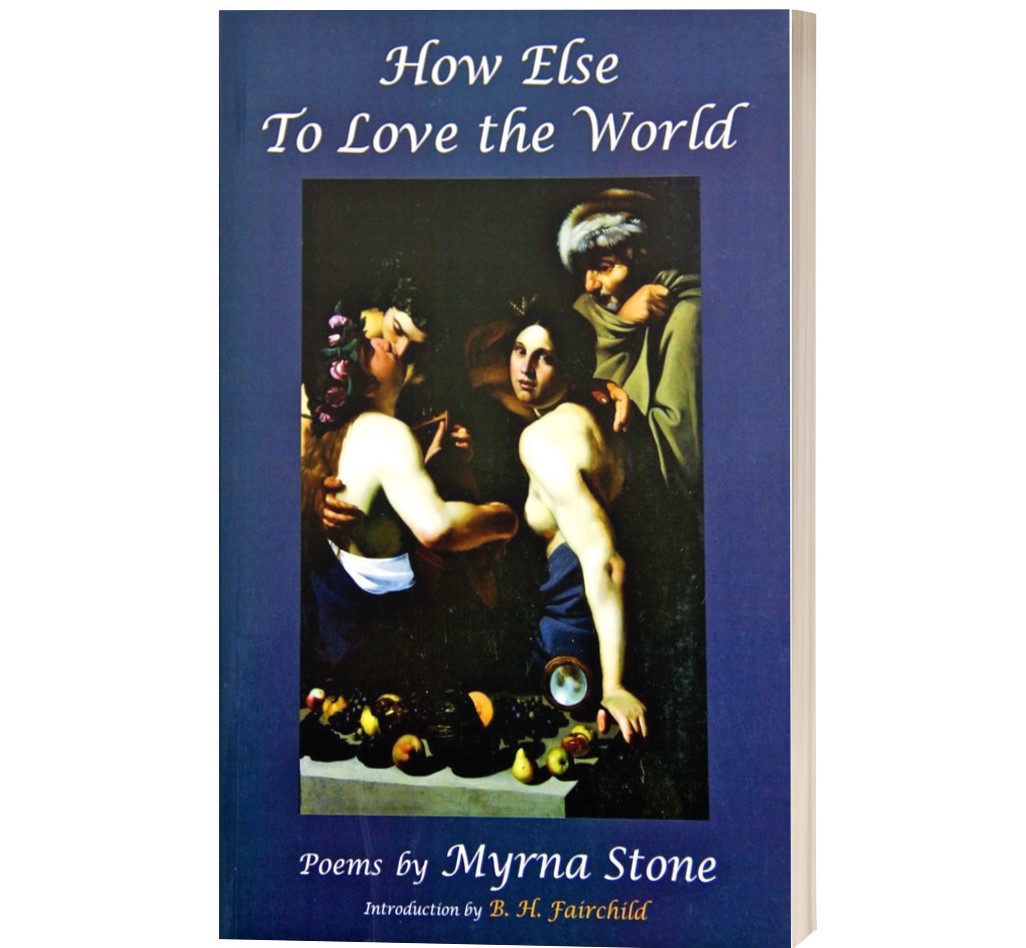Published Work
How Else
To Love the World
What can redeem “the addle and dross the hours devise?” Stone asks. One answer she provides here is “this carnal life,” whether manifested in human touch or in the “stroke of flesh and brush” on painted canvas.
Wild Onion
Liliaceae, cousin to trillium, Solomon’s-seal
and bellwort, whose root, bulb, leaf and stem
are edible or medicinal; fodder for squirrel,
elk, deer, poultice for boils, anodyne for fever,
sting of bee and wasp, amulet to ward off
dizziness or croup—from the Old French
oignon, and the Latin unio, meaning oneness—
organism of obfuscation and trumpery
whose lavender blossoms deftly belie
the flagrant acidic breath that draws us
now, step-by-step, up from the river’s bank
to its grassy open bed. Siren of the olfactory—
most evocative of the senses—its leaves
bristle and flare, summoning to each of us
a summer kitchen, and in it, a mother, aproned
and dewy, weeping at her chopping block. . . .
But we are, after all, animal, and what seduces
here, in the shank of the day, is vegetable:
a booty we will dig for like dogs and take home
for our supper, a shill, a shindy, a caustic pearl.
Purchase How Else to love the World
Praise for How Else To Love the World
“…the reader is increasingly aware of falling under the spell of a poet whose relationship with the world is passionate, even romantic—lover and beloved—and whose way with language is sensuous, often erotic, and palpably physical.”
“Reading Stone, I think of John Donne. Like him, she delights in wit and desire and the sweet coupling of word and word.”
“Through formal gestures and voluptuous language, Myrna Stone praises the pleasures of the world, whether they arise from “the body’s ambition” or from the mind aroused by discipline and art. How Else to Love the World is a book of fierce and passionate engagements.”
